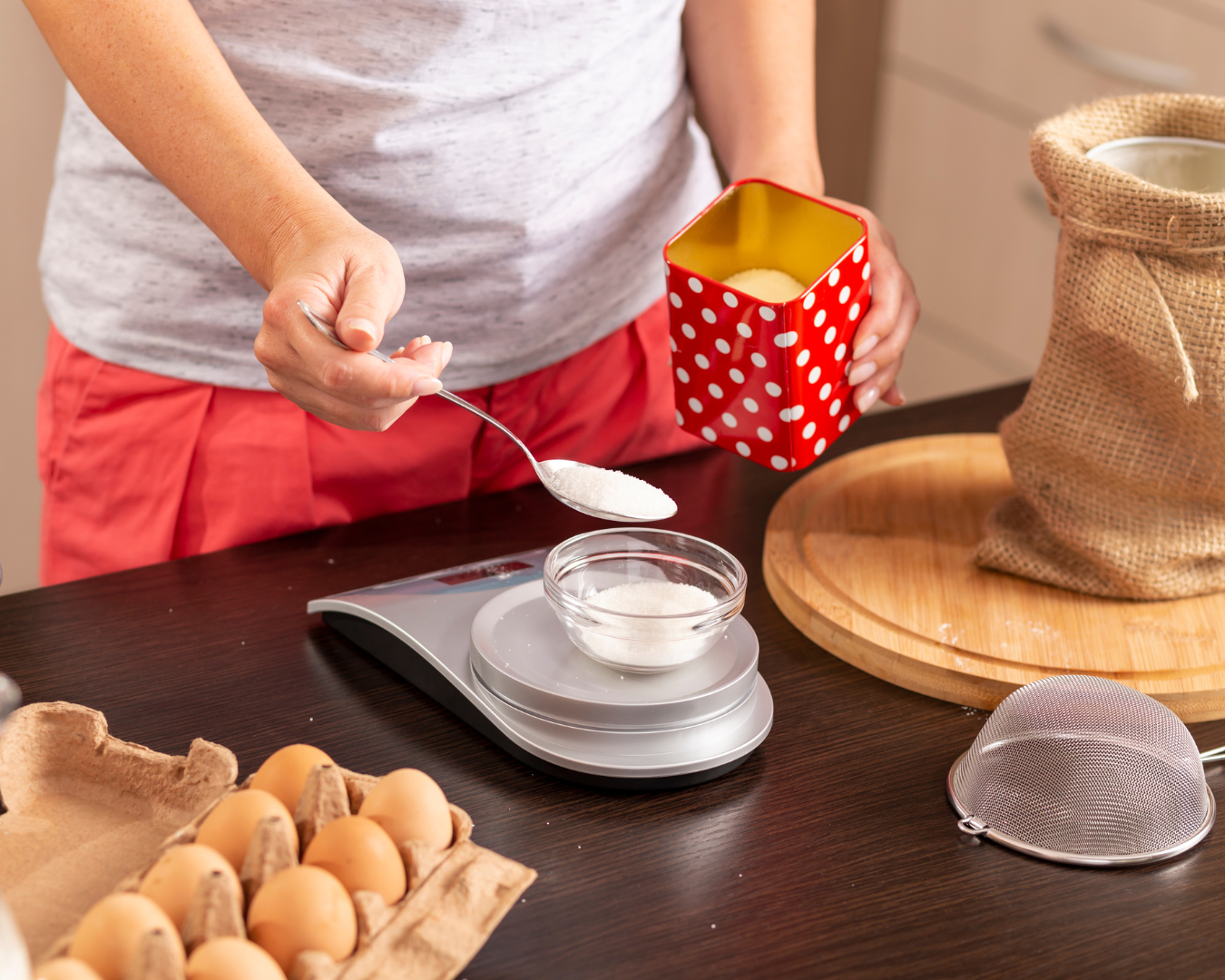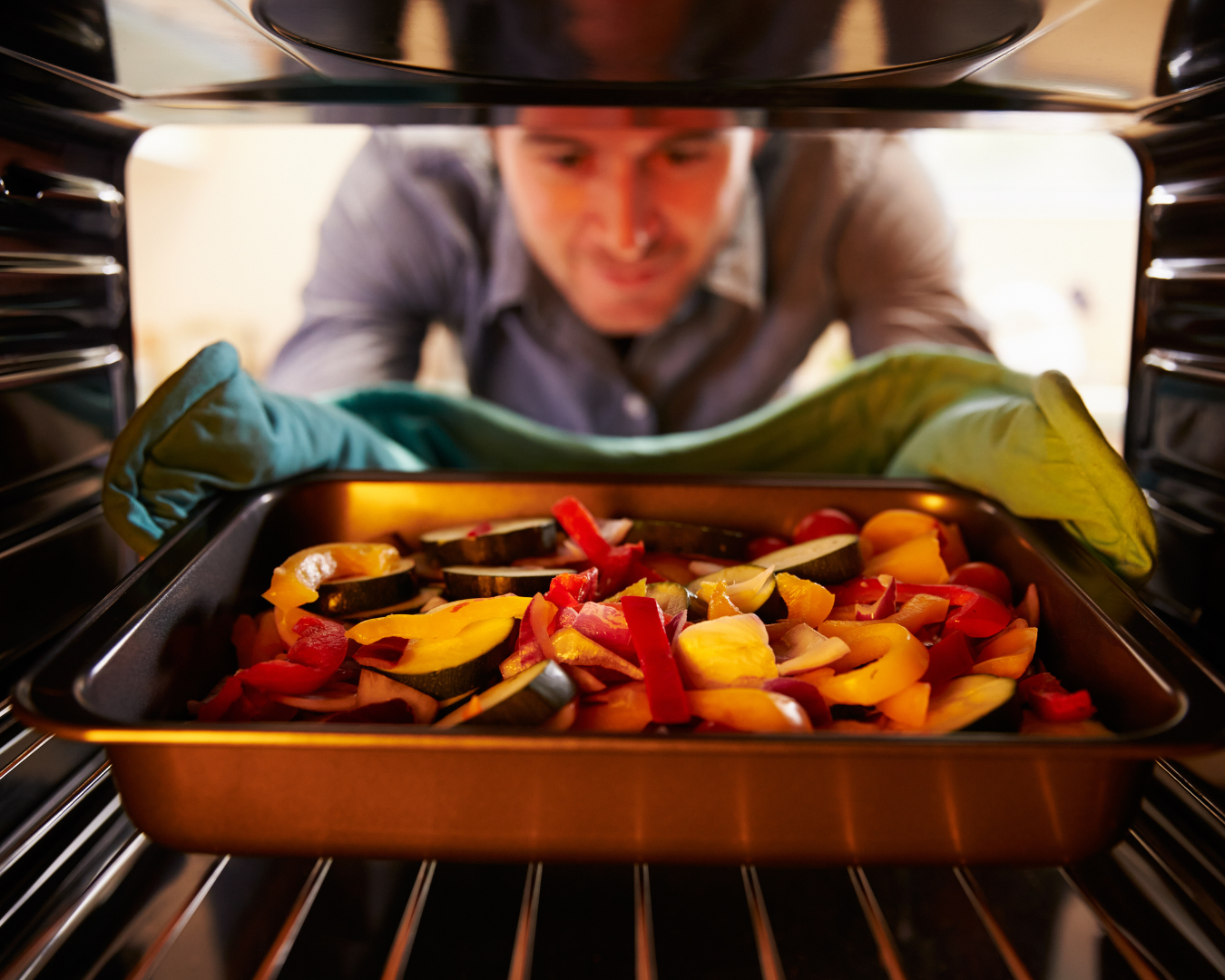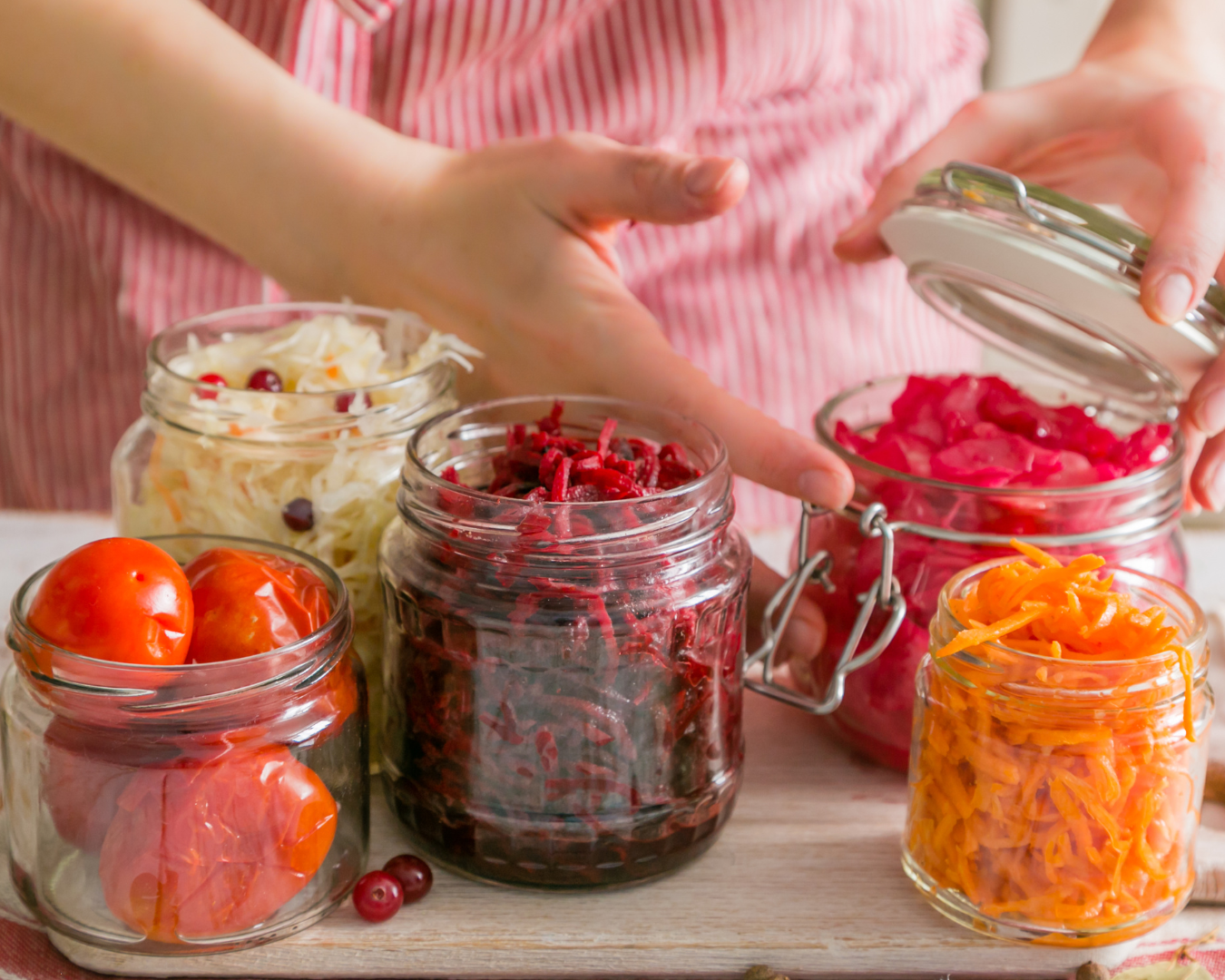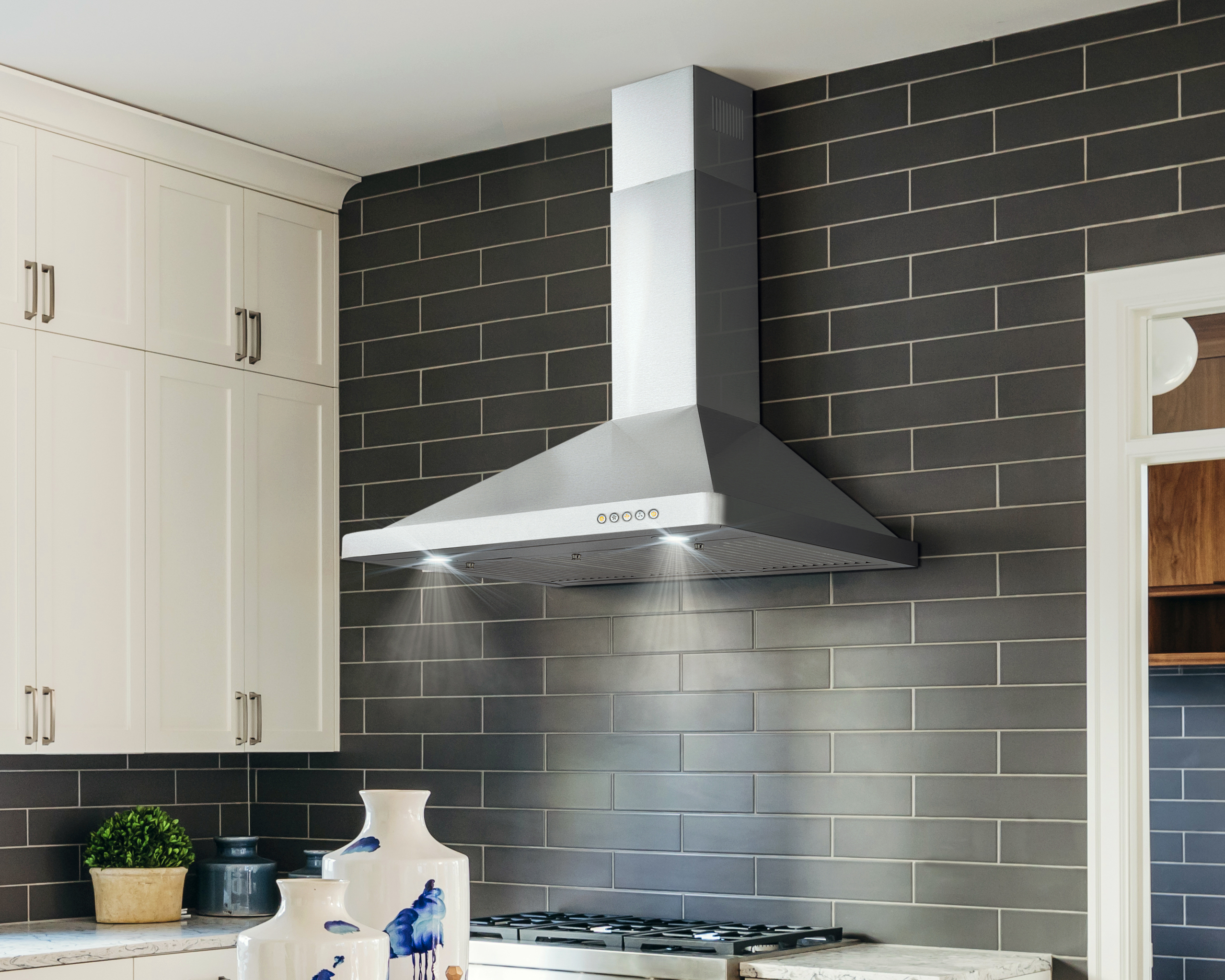Wall ovens are a fantastic addition to any kitchen, offering flexibility and convenience. To ensure you get the most out of your wall oven, here are some essential cooking tips and tricks that will enhance your culinary experience. Understand Your Oven’s Features Modern wall ovens come equipped with a range of features. Familiarize yourself with settings such as convection, broil, and bake. Convection ovens, for example, use a fan to circulate hot air, cooking food more evenly and often more quickly than conventional ovens. Understanding these features can help you choose the right setting for your dishes. Preheat Properly Always allow your wall oven to preheat fully before placing your food inside. This ensures that the oven reaches the correct temperature, providing consistent cooking results. Most recipes account for this preheating time, so skipping this step can lead to unevenly cooked meals. Use the Right Racks The placement of your oven racks can significantly affect cooking outcomes. For baking, place the rack in the center of the oven to allow even heat distribution. For roasting, positioning the rack lower in the oven can help achieve a perfect golden-brown finish. Invest in Quality Cookware The type of cookware you use can impact your cooking results. Heavy, high-quality baking sheets and roasting pans distribute heat more evenly. Consider using ceramic or glass dishes for casseroles, as they retain heat well, ensuring your food cooks thoroughly. Utilize Convection Settings If your wall oven has a convection setting, use it to your advantage. Convection is excellent for roasting vegetables, baking pastries, and even cooking meats, as it ensures even heat distribution and can reduce cooking times. Just remember to reduce the recipe’s temperature by about 25 degrees Fahrenheit when using convection. Rotate Pans for Even Cooking Even with the best ovens, hot spots can occur. To combat this, rotate your pans halfway through the cooking process. This simple step can help ensure your food cooks evenly, preventing one side from becoming overdone while the other remains undercooked. Keep the Oven Door Closed Resist the urge to frequently open the oven door while cooking. Each time you open the door, heat escapes, which can affect the cooking time and temperature. Use the oven light and window to check on your food instead. Clean Your Oven Regularly A clean oven performs better. Regular cleaning prevents the buildup of grease and food particles that can cause smoke and affect the taste of your food. Follow your oven’s manual for the best cleaning practices, and consider using natural cleaning solutions to avoid harsh chemicals. Use an Oven Thermometer Oven temperature can vary from what the dial reads. An oven thermometer placed inside the oven can help you monitor and maintain the correct temperature, ensuring your dishes are cooked to perfection. Experiment with Broiling Broiling uses high heat from the top of the oven to quickly cook food. It’s perfect for achieving a crispy crust on meats or a golden-brown finish on casseroles and gratins. Keep a close eye on your food when broiling to prevent burning. Embrace Slow Cooking and Proofing Some wall ovens come with settings for slow cooking and proofing dough. These features can be incredibly convenient for busy schedules and for achieving perfect bread rises. Take advantage of these settings to expand your cooking repertoire. Utilize the Warming Drawer If your wall oven includes a warming drawer, use it to keep dishes warm until you’re ready to serve. This is especially useful when preparing multiple courses or entertaining guests. Keep a Baking Stone in the Oven A baking stone can help regulate your oven’s temperature and provide a consistent heat source. Leave the stone in the oven while baking bread or pizza to achieve a crispy crust. With these tips and tricks, you can maximize the potential of your wall oven and elevate your cooking skills. Whether you’re baking, roasting, or broiling, understanding how to use your oven’s features and maintaining it properly will ensure delicious and perfectly cooked meals every time. Happy cooking!










